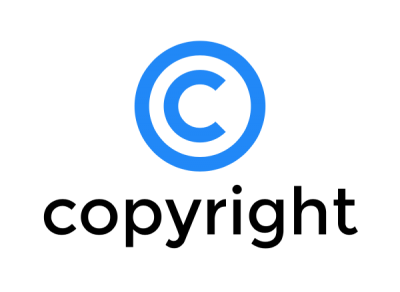AEGSDQ: An Enhancement of Eye Gaze System for Quadriplegia People using a Mouse Pointer
Keywords:
Eye-tracking; Ocular motions; Physical impairments; Physical limitations; User-friendly.Abstract
This paper focuses on providing a simple and convenient interactive mode that relies solely on the user's vision. The proposed system's usage flow has been designed to perfectly mimic human natural habits. We describe the implementation of both iris and cursor movement based on iris position, which can be used to control the cursor on the screen using a webcam and Python. The eye-controlled mouse cursor system showcased in this work is one of the significant advancements toward building a more inclusive and user-friendly digital space for people with physical impairments. We propose an innovative design that enhances the accessibility of computer systems to people with physical challenges. The system incorporates eye-tracking technology to produce a new type of interface that lets the user move and control the mouse cursor on computer screens just by moving their eyes. We aim at designing and implementing a natural, intuitive interface that allows people with disabilities to interact seamlessly with computers. With the aid of non-intrusive eye-tracking devices coupled with tailored software programs, ocular motions can be accurately tracked by the system thus translating them into definite cursor movements on desktops. During this era of digitalization, the accessibility situation remains a major challenge for people with physical disabilities. Exploiting the eye- tracking technology capacities, we introduce an innovative solution to address exactly such a problem by developing an eye-controlled mouse cursor. By further improving and incorporating it with current assistive tools, our goal is to establish a future where technology caters to everyone's needs, irrespective of their physical limitations.
Downloads
Published
How to Cite
Issue
Section
License
Copyright (c) 2024 Journal of Information Systems Research and Practice

This work is licensed under a Creative Commons Attribution-ShareAlike 4.0 International License.





